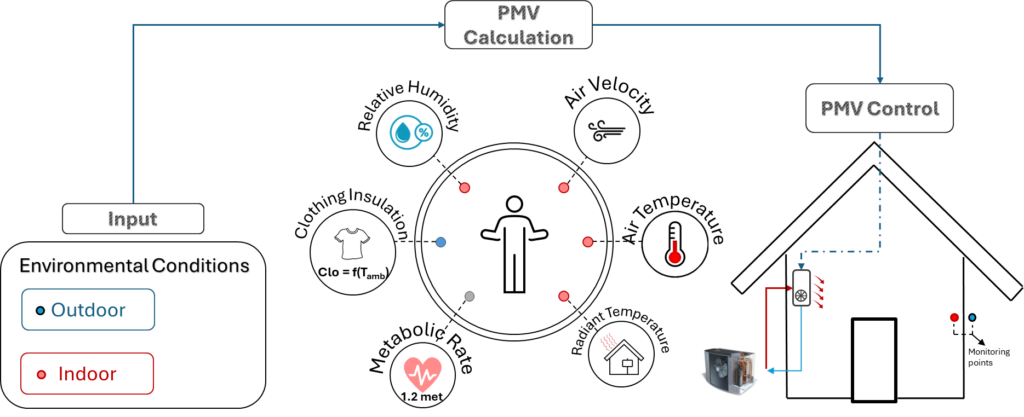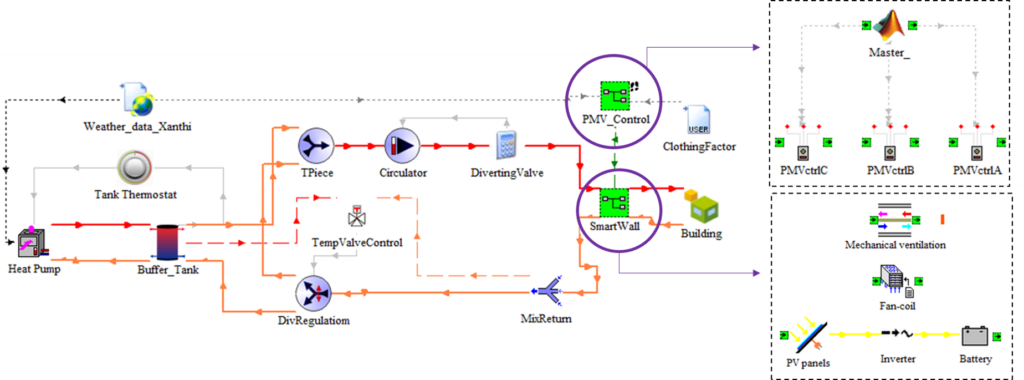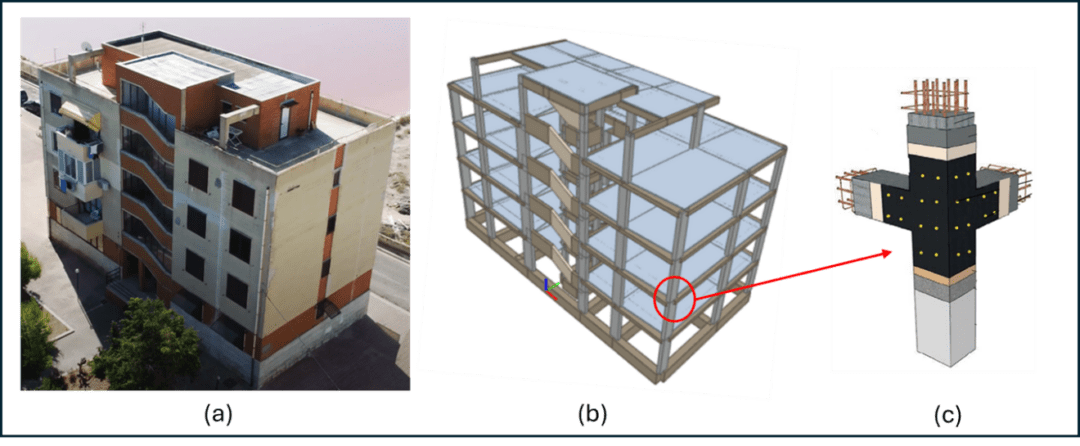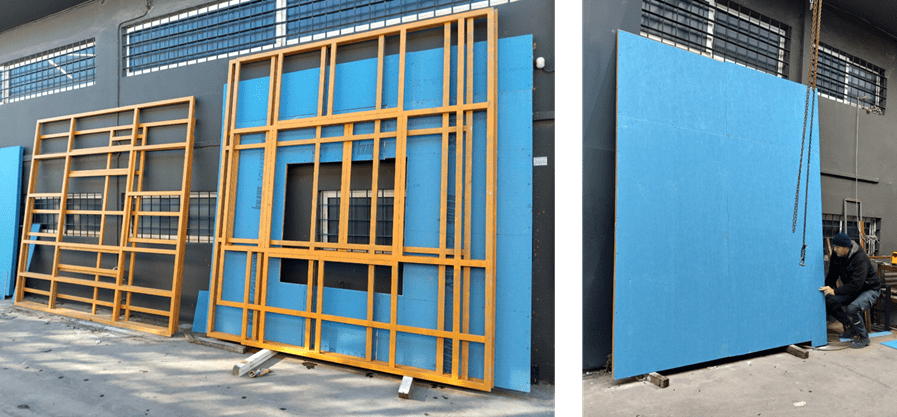A renovation solution of a PMV-controlled façade module (Predicted Mean Vote) is assessed for energy performance and thermal comfort based on building simulations conducted through TRNSYS software.
The prefabricated, smart multi-functional façade kit is designed to significantly enhance energy efficiency and thermal comfort in existing buildings, with a specific focus on a student dormitory in northern Greece. The primary goals are to improve the building’s energy performance and maintain high standards of occupant thermal comfort.

Pictures above: REHOUSE Greek demonstrator in Kimmeria, Xanthi, GR, (c) NTUA
The research carried out by NTUA assessed the impact of this multifunctional façade on the energy and thermal comfort performance, by evaluating the building’s primary energy requirements for heating and cooling, as well as the Predicted Mean Vote (PMV) index.
A key feature of this deep renovation is the integration of a PMV-controlled HVAC system, which is paired with PV panels installed on the façade’s external surface. This combination allows for both energy generation and real-time adjustments in indoor climate based on external conditions and occupancy.

Illustration above: PMV Control Scheme overview, (c) NTUA
The current and post-renovation states of the dormitory were modelled using TRNSYS software, a leading tool for dynamic thermal simulations.

Grahpic above: SmartWall model developed in TRSNYS (studio) software, (c) NTUA
Results indicate a potential reduction of approximately 75% in primary energy needs, showcasing the façade kit’s exceptional energy-saving potential.
Furthermore, the PMV-controlled HVAC system adapts to external weather and internal usage patterns, dynamically optimising thermal comfort, by eliminating any discomfort and minimising unnecessary HVAC operation. The residents’ thermal comfort is improved by more than 3% for each additional kWhprimary/m2 consumed.
This renovation solution delivers significant benefits to the EU community by supporting the energy efficiency goals, reducing carbon emissions, and promoting sustainable building practices. Additionally, its potential for broad application across Europe offers an effective strategy for upgrading the existing building stock, aligning with EU climate targets and improving residents well-being.
Author’s names:
Petros Antonios Gerogiannis, Emmanouil Katsigiannis, Ioannis Atsonios and Maria Founti
Lab. of Heterogeneous Mixtures & Combustion,
National Technical University of Athens (NTUA), School of Mechanical Engineering, Athens, Greece
Website NTUA: http://hmcs.mech.ntua.gr/





